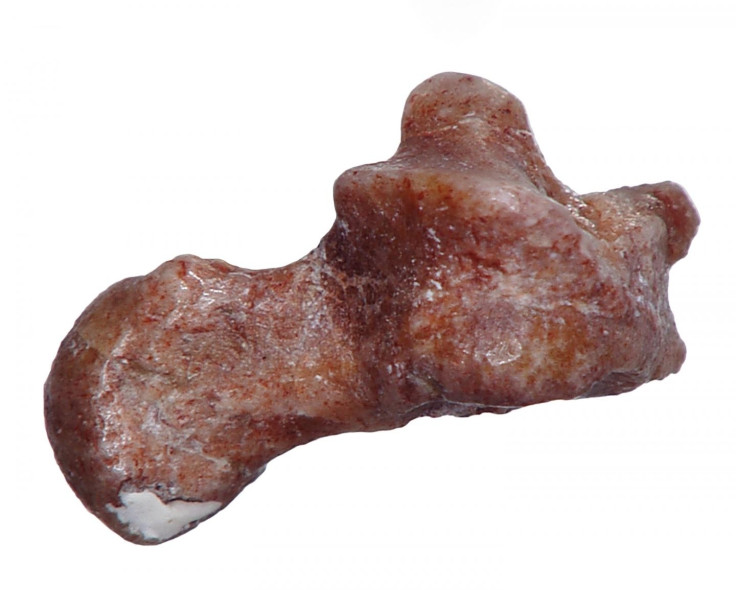Pre-human ancestors were high-flying acrobats, 52-million-year-old fossil reveals
The first primates are thought to have spent most of their time in the trees.

The discovery of a 52-million-year-old ankle fossil from an ancestor of modern humans suggests our primate forebears were high-flying acrobats, contrary to what many scientists thought.
These first primates are thought to have spent most of their time in the trees, but there has been much debate about how they were able to move around.
A common view among researchers was that the ancestors of today's humans, monkeys, lemurs and apes were relatively slow animals who used their grasping hands and feet to climb carefully through small branches, stalking insects and foraging for food.
However, a study of the ankle bone fossil published in the Journal of Human Evolution suggests that these early primates were in fact masters of jumping through the trees.
The tiny fossil, part of an ankle joint, was discovered more than 30 years ago in a quarry in south-eastern France, but was only recently studied by palaeontologists. After being examined, it was attributed to an animal called Donrussellia provincialis – which is thought to be one of the earliest primates.
The team created 3-D scans of the ankle bone and used computer algorithms to compare it to other animal species. Surprisingly, they found that Donrussellia's ankle was more akin to that of a tree shrew and other non-primate species than it was to a primate's.
They came to the conclusion that Donrussellia didn't just slowly climb through small branches. Instead, it would have been able to leap between tree trunks and larger branches, using its grasping feet to hold on tight during landing.
"Being able to jump from one tree to another might have been important, especially if there were ground predators around waiting to snag them," Doug Boyer, an author of the study said.
The researchers believe – in contrast to what many scientists thought – that the first primates may have initially evolved their acrobatic leaping skills before other anatomical changes, which allowed them to cling to slender branch tips and creep from tree to tree.
© Copyright IBTimes 2025. All rights reserved.





















